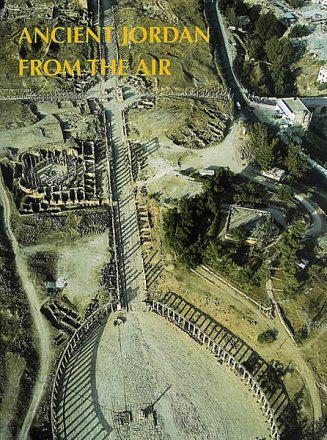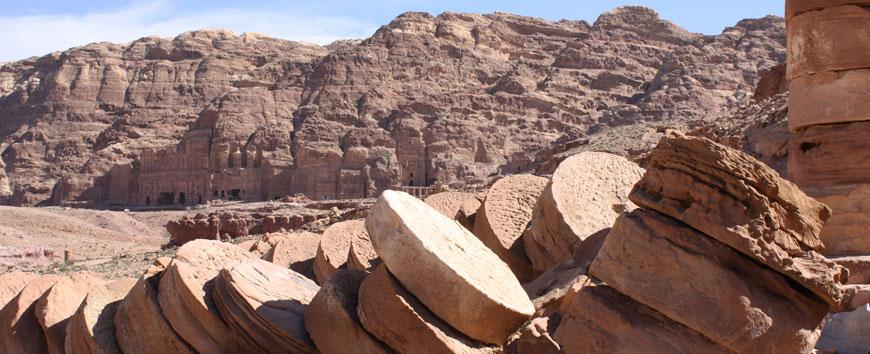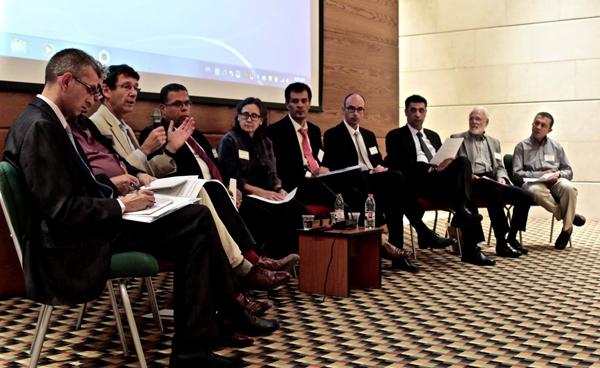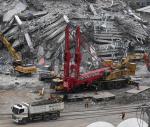You are here
Archaeologists use satellite imagery to build database of 90,000 sites in Jordan, region
By Saeb Rawashdeh - Jun 15,2016 - Last updated at Jun 15,2016
AMMAN — In less than two years, a team of archaeologists has amassed records for 90,000 Middle Eastern sites in an online database.
The Endangered Archaeology in the Middle East and North Africa (EAMENA) project documents archaeological sites and assesses the threats to them in 10 countries, said project Director Robert Bewley from the University of Oxford’s School of Archaeology.
“By working closely with the Department of Antiquities, especially in Jordan, we have been able to assist in the survey and investigation of areas where new developments are taking place, for example the planned Madaba by-pass," Bewley explained.
The team can provide a rapid survey "so that more detailed investigations can be undertaken if there are archaeological sites which require excavation or field survey, before they are either further protected or destroyed", Bewley told The Jordan Times in a recent interview.
"Our methodology is based on having skilled archaeologists who understand and can interpret satellite imagery and aerial photographs," Bewley said.
The team uses satellite imagery available on Google Earth and Bing maps, and purchases higher resolution imagery when necessary.
"The archaeological sites are recorded in an online database for use by professional archaeologists who are aiming to protect and look after their cultural heritage," Bewley underlined.
The British scholar pointed out that agriculture and urbanisation are damaging to historical sites, while looting is also a major problem.
“There will always be people who want to collect artefacts from archaeological sites. This is what archaeologists do, but in a controlled and scientific manner to improve our understanding of past human life,” he noted.
“Those who damage sites by looting are committing a crime by illegally excavating, in an unscientific manner, for the sole purpose of selling the artefacts. We need a stronger enforcement of the laws, but also an education programme to show how damaging looting has become,” Bewley stressed.
Dispelling the myth about hidden gold at archaeological sites should also discourage potential looters, he noted, “as very, very few sites contain precious metals or stones”.
Another important step, Bewley added, is to reduce the “demand” for these illicitly obtained objects, for the “buyers” to be aware that it is not acceptable to purchase stolen artefacts “so we need a better control on what is a legally obtained artefact and what is not”.
“I believe we have to tackle the ‘demand’ side of the equation as much as the supply side. If no-one is buying the artefacts then the looters can’t earn any money from it, but we have a long way to go and it will require a huge international collaboration to reduce the demand for antiquities.”
However, the single most dangerous threat is armed conflict, Bewley said, citing the systematic destruction of "our culture, and thus our identity", by extremist groups and the inability of scholars to work on sites which are in war zones.
“Alas, no aerial archaeology is possible in war zones, though aerial archaeology can be an asset in post-war reconstruction,” underscored Andrea Zerbini, who also works on the project.
In war-torn countries, EAMENA and other projects use different forms of remote landscape analysis which use high-definition satellite imagery to document threats to heritage, the Italian archaeologist said.
Bewley elaborated: “Military conflicts also cause a huge amount of damage; again wars will never cease completely; therefore, we have to try to educate the responsible armies to minimise the damage, if at all possible.”
“There are organisations, like Blue Shield, that produce ‘no-strike’ lists so that the military will know not to bomb, or use artillery fire in or around these monuments, even if there are enemy troops or snipers within them,” the scholar noted.
Related Articles
AMMAN — A recent lecture at the Council for British Research in the Levant shed light on emergence and growth of Aerial Archaeology in the M
AMMAN — “Often, we are asked a question: ‘Why should we bother with cultural heritage while there are humanitarian crises, like in Syria?’”
AMMAN — Northern Jordan’s archaeological and historical significance remains underexploited and little known, despite its huge cultural sign





















